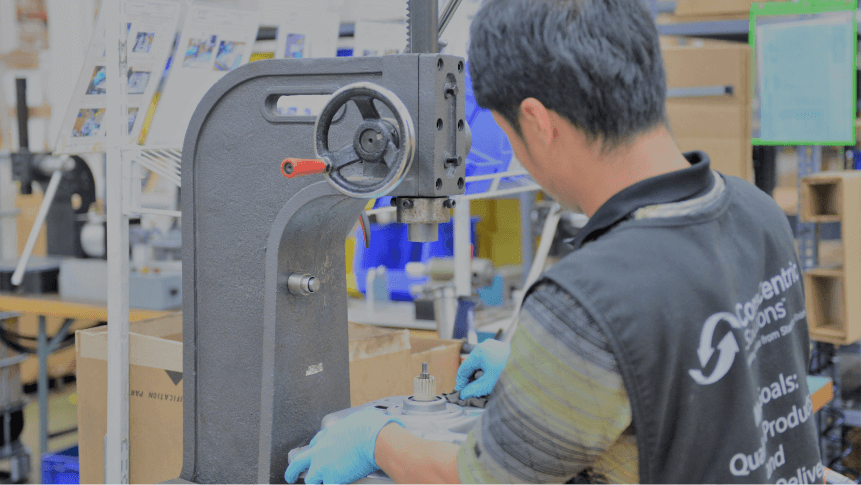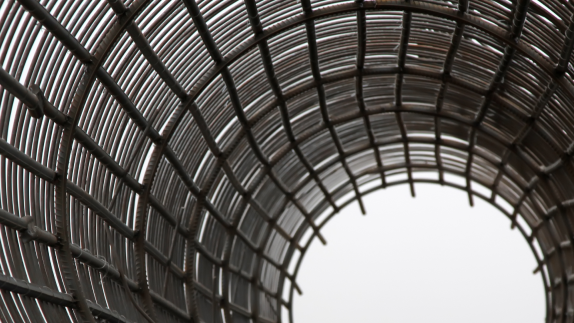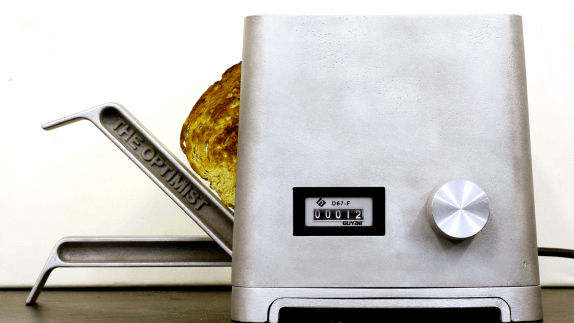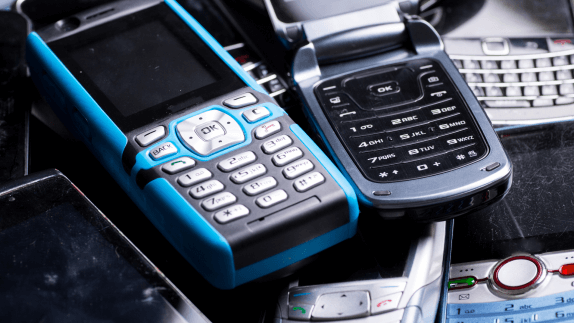
A repair programme and distribution network for defective or returned products
Background
Rapidly changing technologies and shorter cycles in product design and distribution are a feature of the current economy. Factories are tooling up for new platforms and designs more frequently, which makes the forecasting and subsequent availability of service and parts more complex. This new reality is making product repairrepairOperation by which a faulty or broken product or component is returned back to a usable state to fulfil its intended use. solutions increasingly more scarce for end users, who are often left with the only option to dispose a defective product and buy a brand new replacement. Furthermore, many retailers are now offering free returns of products as an effective way to increase customer engagement and satisfaction. However, these returned products often end up being scrapped and their value is lost as waste. The end result is a myriad of high-value, high-margin products that are frequently being disposed due to simple problems.

Image credit: CoreCentrics Solutions
The Innovation
CoreCentric have developed an infrastructure model that captures value from defective and returned products. Apart from managing its own parts collection system, the company collaborates with some of the largest retailers and consumer goods manufacturers in the world, operating both large repair programmes and redistribution networks. The repair programmes reduce the need for product replacements, while the redistribution networks create deep-value secondary markets and new sales channels. Hence, CoreCentric’s infrastructure is allowing for products to have a longer effective life and therefore a higher utility and value.
The Benefits
Diverts more than 1,000,000 service parts and 400,000 products from the landfill every year
Conserves 85% of the material and energy used to create new products
Saves energy equivalent to ten coal fired (500-megawatt) electric plants every year
Reduces warranty costs for manufacturers
References: Vimeo
Image credit: CoreCentrics Solutions






